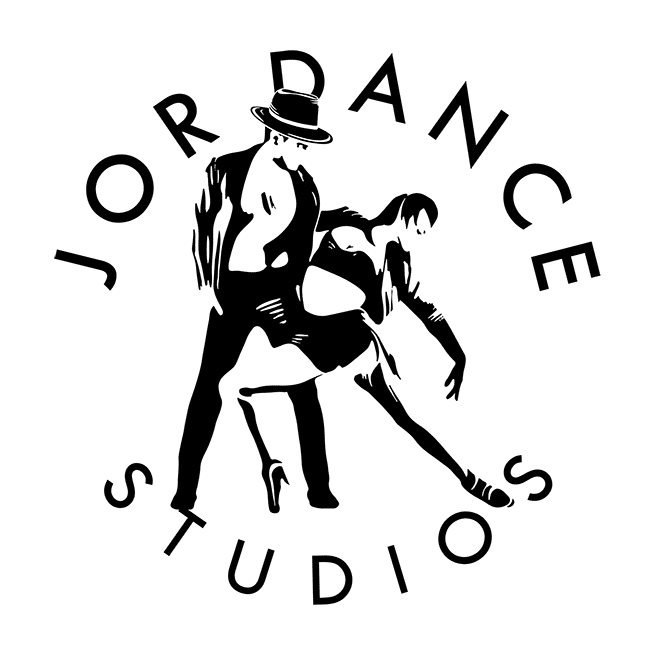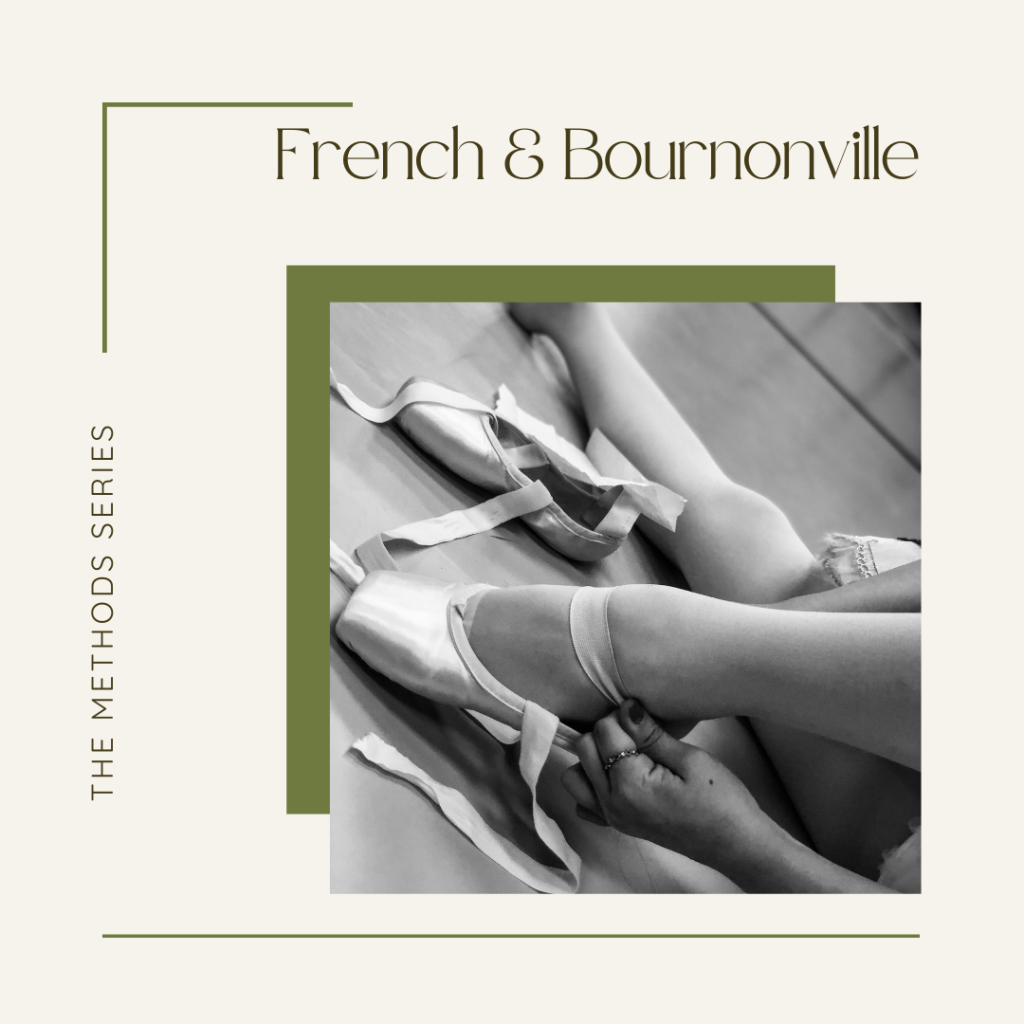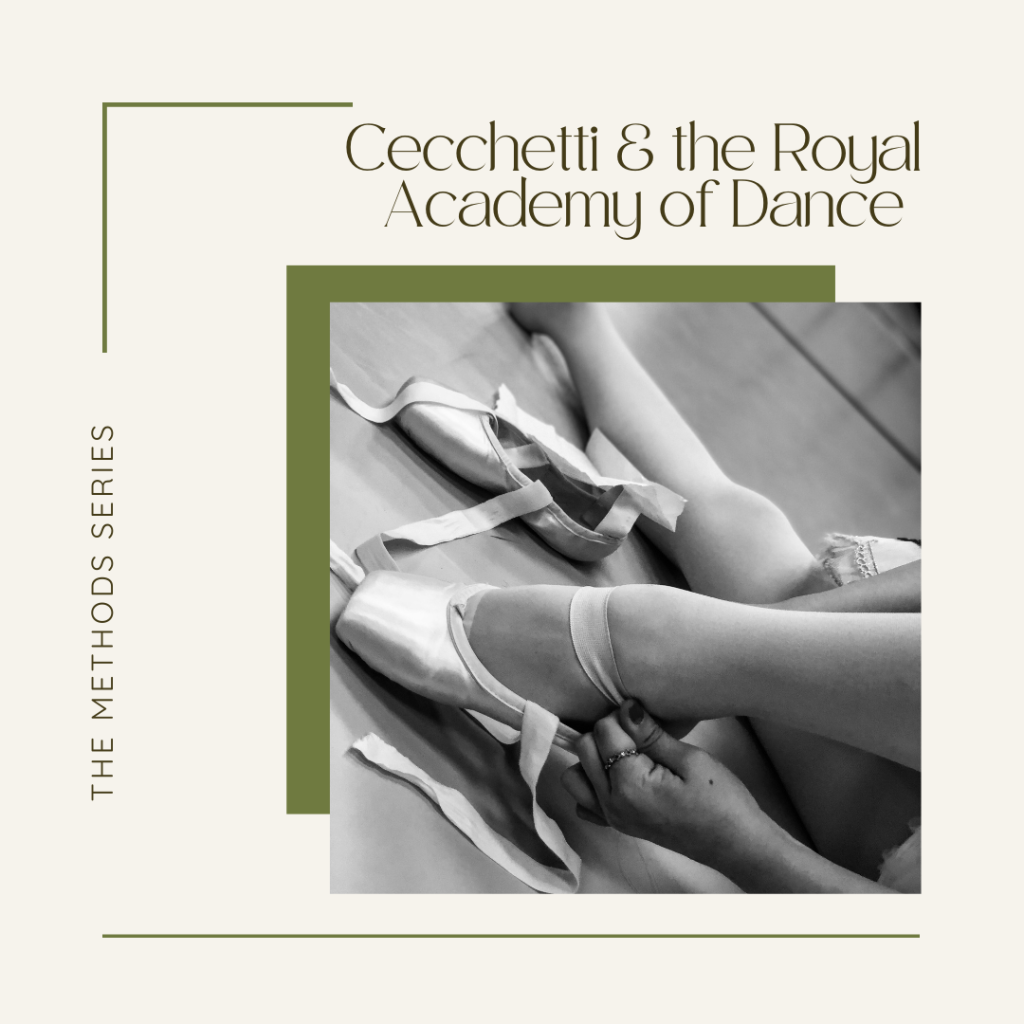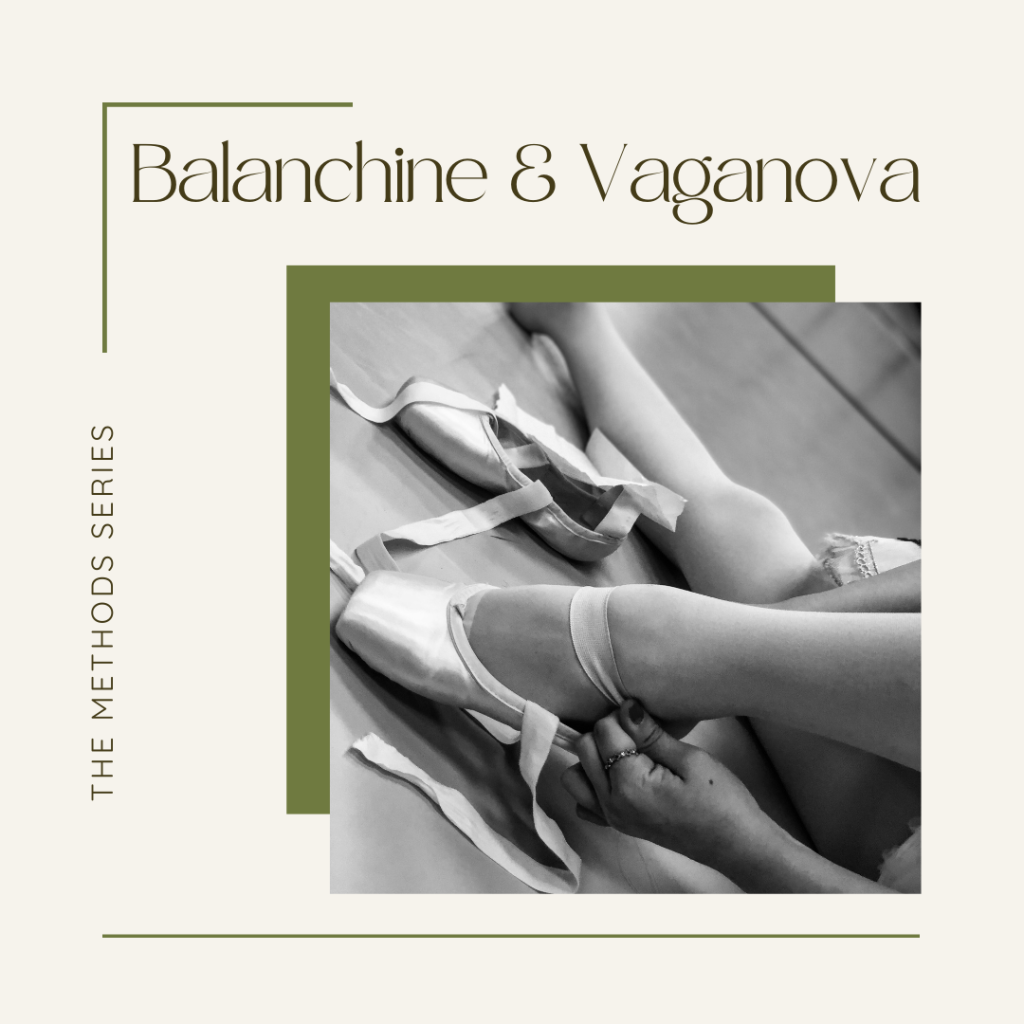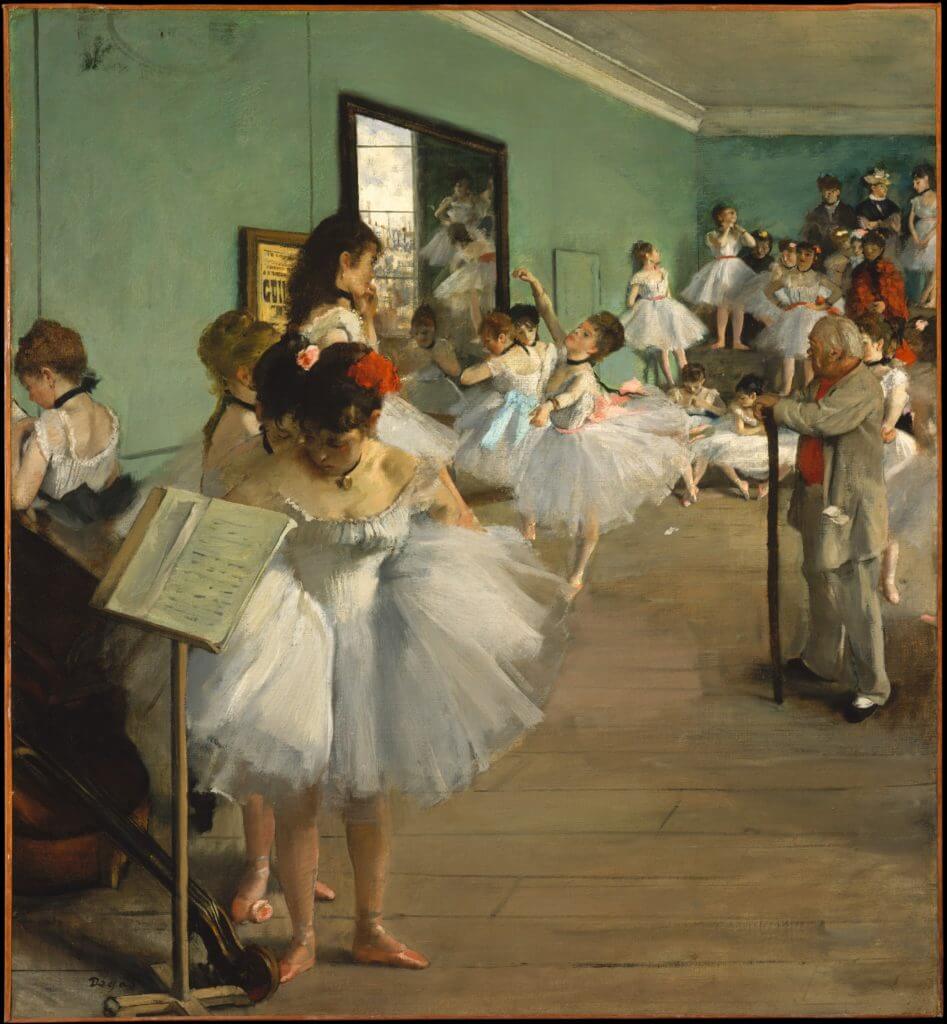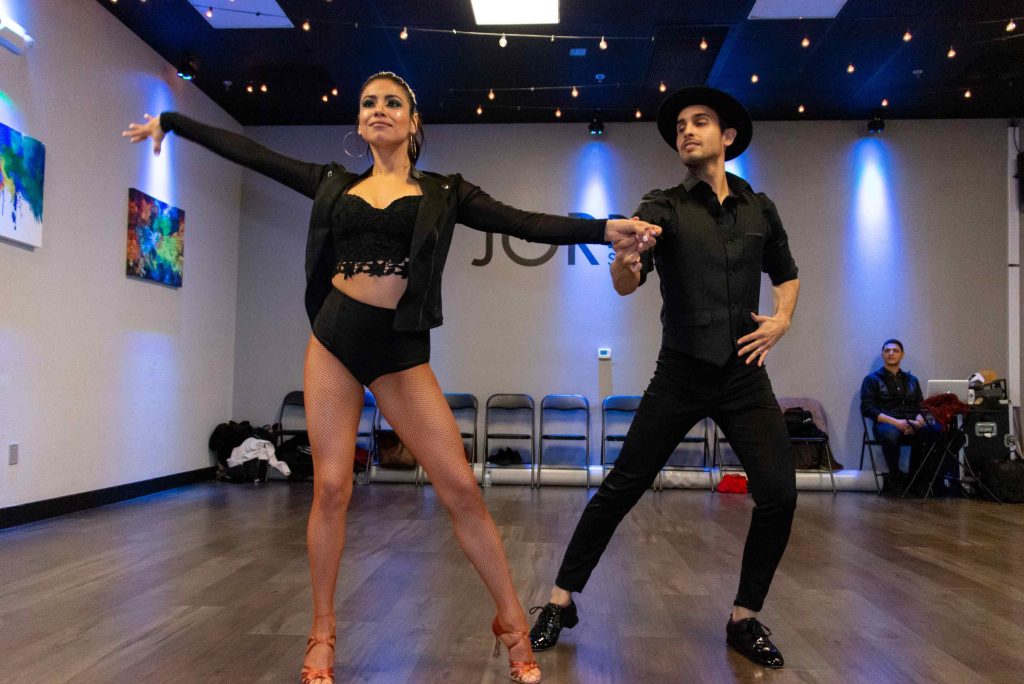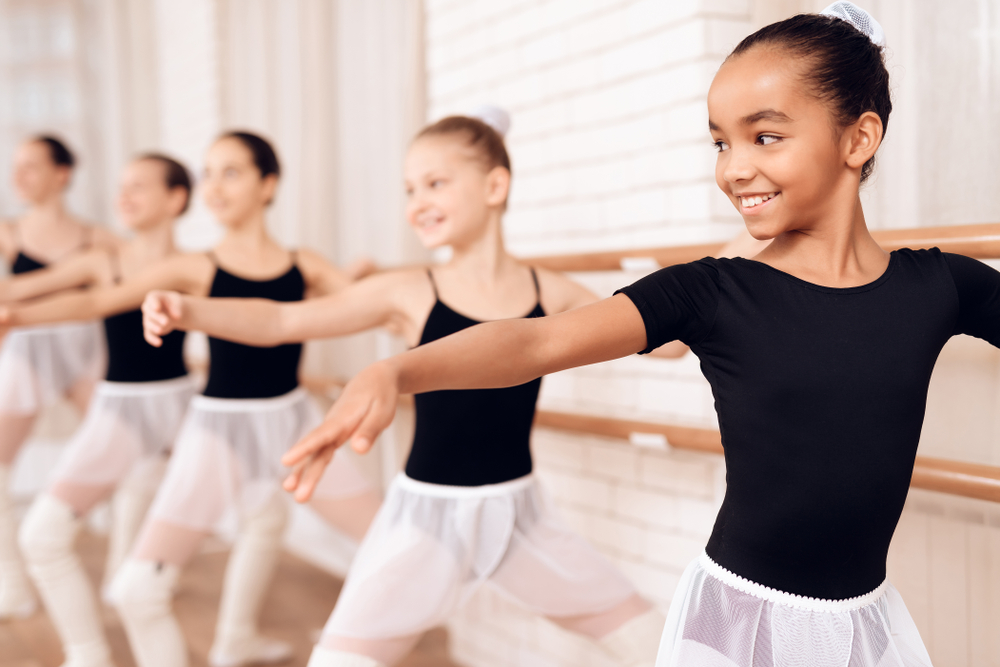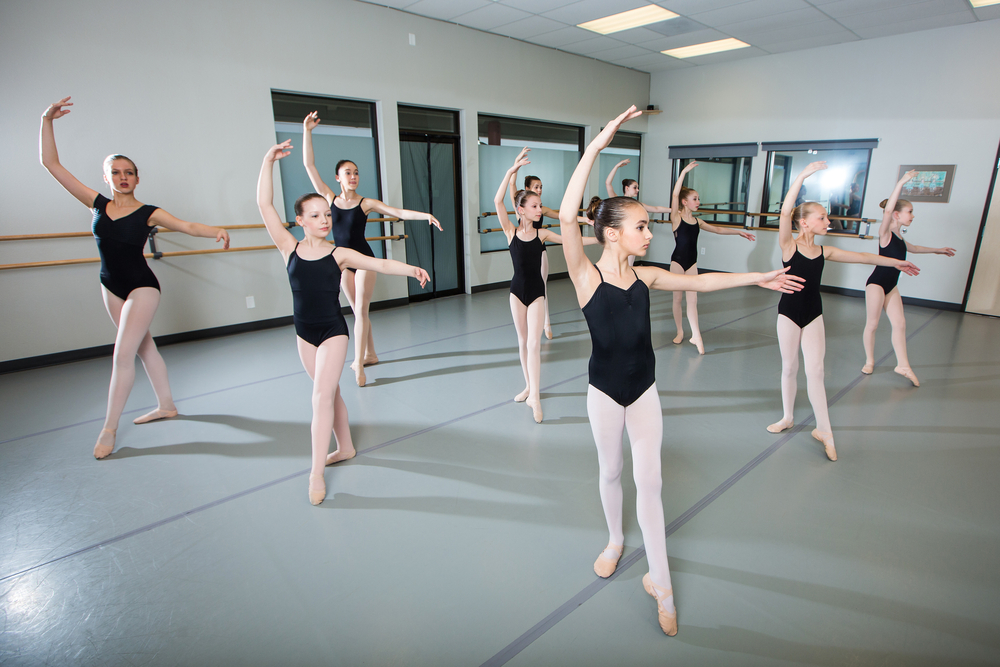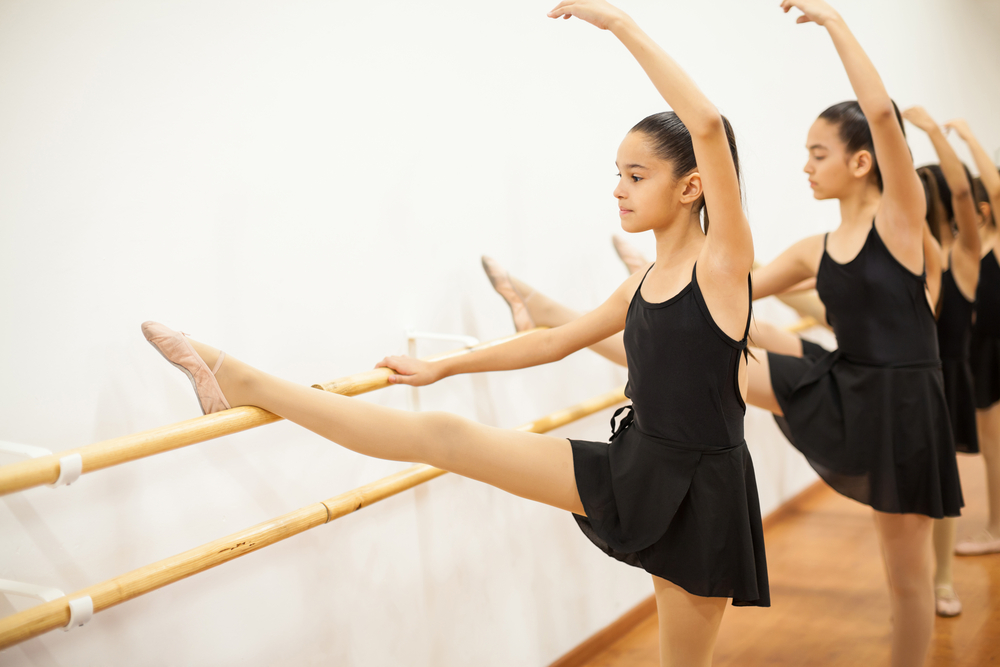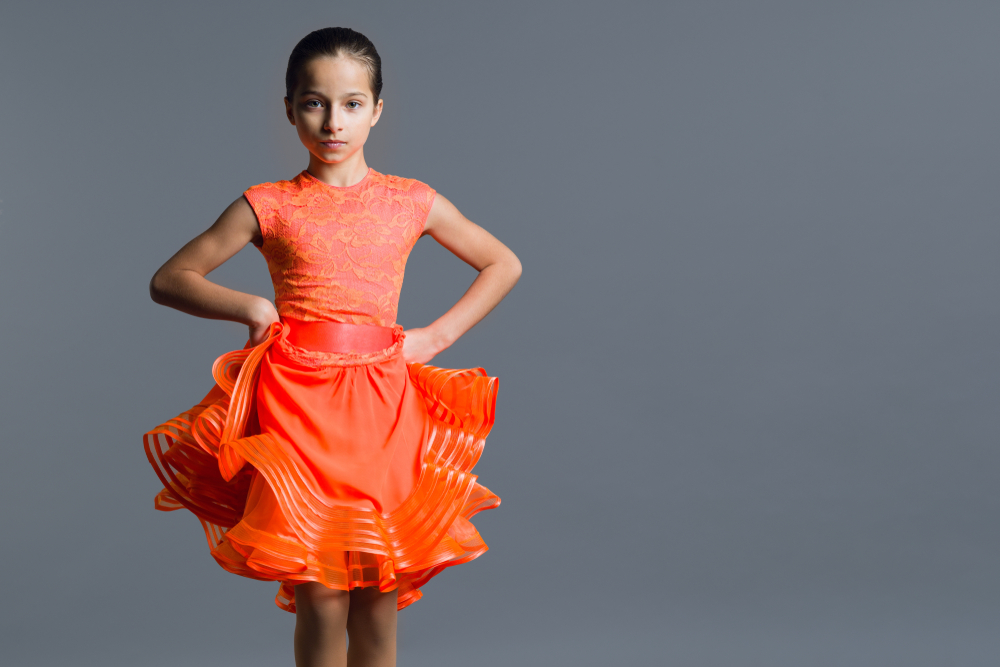The art of ballet has a long history that spans over centuries and across the continents. Because of this diverse history, new technical methods have emerged. In total, there are six main training methods in ballet: the Vaganova, Balanchine, French, Cecchetti, Bournonville, and the Royal Academy of Dance (RAD) methods. Each has its own characteristics for style and technique and trains students using unique pedagogy, while still prioritizing and maintaining the integrity of the codified ballet technique as a whole.
Continuing in the Ballet Methods series, in this article, we will discuss two more common techniques: the French and Bournonville methods.
FRENCH TECHNIQUE

Photo Caption: “Gustave Dore – Ballet dancers in French nineteenth century caricatures,” 1830-1859
Retrieved from: New York Public Library Digital Collections
Background & Origins of the French Method:
When the art of ballet migrated from Italy to France in the 16th century, Louis XIV was particularly invested in the tradition, establishing the Académie Royale de Danse in 1661. Here, French ballet masters established the technical characteristics and terminology that would become the foundation for all types of ballet technique that followed. Other figures that influenced the growth of French ballet include Pierre Beauchamp, Molière, and Jean-Baptiste Lully.
French technique was revitalized in the 20th century, partly thanks to Rudolf Nureyev, who was trained in Russian style. Nureyev studied at the Vaganova Academy and performed with the Kirov Ballet, but eventually moved to Paris, where he served as director of the Paris Opera Ballet School from 1983 until 1989. There, he revived the company’s prestigious status by enhancing the ballets in its repertoire from earlier periods and performing on international stages, after a thirty year absence. Under Nureyev’s direction, the Paris Opera Ballet had once again reached its highest level of success.
Principles & Characteristics of French Technique:
- Provides the foundation for ballet technique and trains dancers to achieve a classical, ethereal aesthetic, with fluid movements and elegant lines
- Balances the lightweight, ethereal look with quick, precise technique and footwork
- Creates elegant lines with rounded port de bras and épaulement, the angled placement of the head, shoulders, and neck

Photo Caption: “Le sieur Ballon et la delle. Prévost dans le ballet d’action des Scythes.” 1700 – 1799.
Retrieved from: New York Public Library Digital Collections
BOURNONVILLE TECHNIQUE

Photo Caption: “August Bournonville.” 1840-1849.
Retrieved from: New York Public Library Digital Collections
Background & Origins of the Bournonville Method:
The Bournonville method was developed by Danish ballet master August Bournonville. He began his training in Copenhagen and traveled as a teenager to Paris in the early 19th century, when the French style was at the height of its influence. While in Paris, Bournonville studied with the most influential ballet masters and danced as a soloist at the Paris Opera Ballet. He returned to Copenhagen and became the ballet master of the Royal Theater in 1830.
At the time, the ballet had declined in Copenhagen and as a teacher and choreographer, Bournonville strived to revive its status and prestige, challenging his dancers’ technique and upgrading the company’s standards. He created ballets that revived the importance of male roles and at the same time expressed a strong sense of pride in Danish history and tradition.
Principles & Characteristics of Bournonville Technique:
- Helped to establish the importance of male ballet dancers by emphasizing male characters and strong male variations in his ballets.
- Emphasizes fast and light footwork, with an “at-ease” upper body in which the dancer keeps their eyes lowered to express kindness rather than pride.
- Features diagonal épaulments, a lifted torso that turns to the working foot, pirouettes from a low developpé, and arms typically held in preparation position.

Photo Caption: “Bournonvilles nye Ballet Arcona,” 1875.
Retrieved from: New York Public Library Digital Collections
JORDANCE TAKEAWAY
At Jordance Studios, our instructors are trained and knowledgeable in a variety of ballet styles and training techniques. Our ballet instructors teach using the Cuban Method of Ballet, which has origins in the Russian Vaganova Method. However, although our students do not train in French or Bournonville methods, we ensure that they understand the principles of different ballet methods compared to the training that they receive at Jordance, as well as appreciation for the development of the art of ballet.
SOURCES
https://www.blackpoolgrand.co.uk/different-types-ballet
https://elevatedance.com.sg/2020/06/05/ballet-techniques-and-methods/
https://www.masterclass.com/articles/types-of-ballet-explained#99GEsQ67OfdM85gFE64kt
https://www.abt.org/people/rudolf-nureyev/
https://nureyev.org/rudolf-nureyev-biography/rudolf-nureyev-dance-director-paris-opera-index/
https://www.abt.org/people/august-bournonville/
